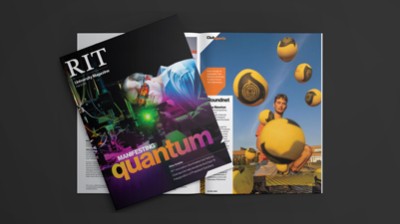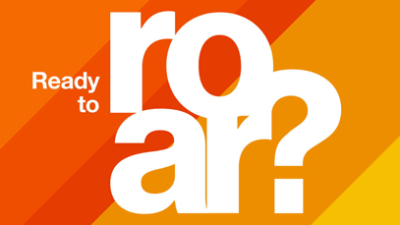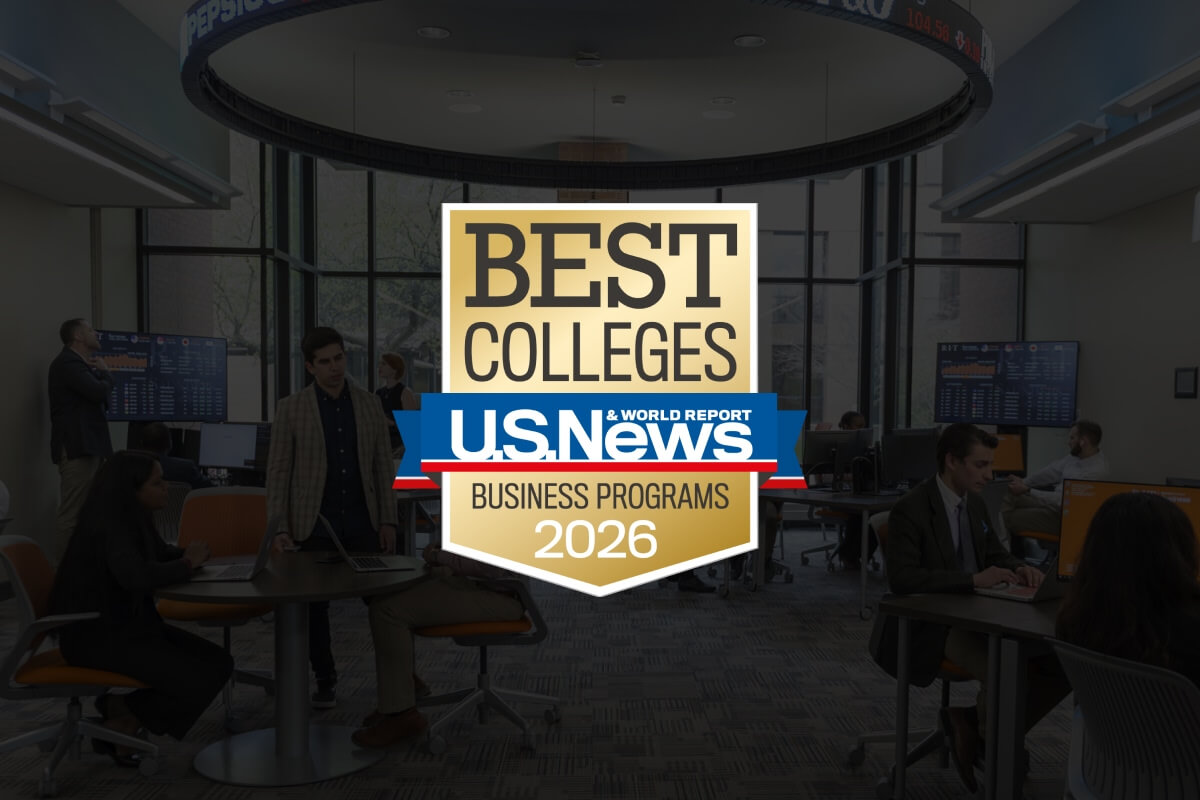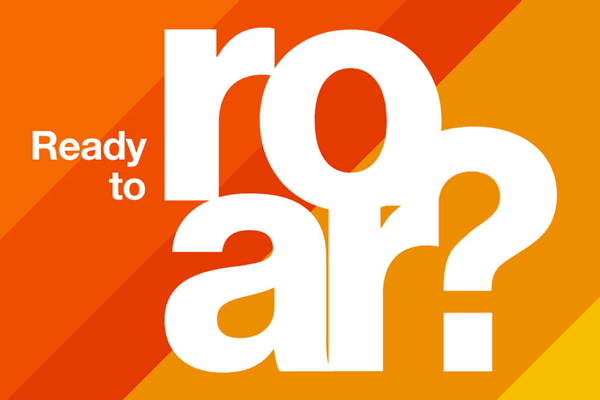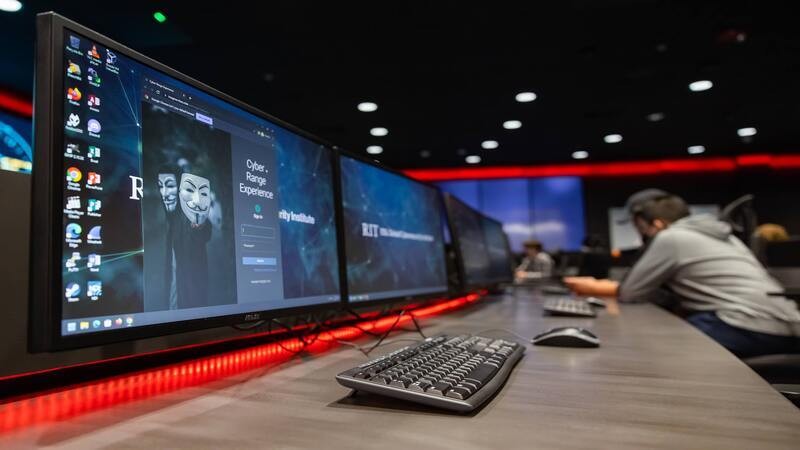Management Information Systems (MIS) Bachelor of Science Degree

Management Information Systems (MIS)
Bachelor of Science Degree
- RIT /
- Rochester Institute of Technology /
- Academics /
- Management Information Systems (MIS) BS
Ranked #3 nationally by College Factual, RIT's MIS degree combines computing security, database design, networking, and IT to create dynamic, comprehensive database systems.
$75.8K
Average First-Year Salary of RIT Graduates from this degree
#3
Top NY Schools for Bachelor’s in MIS
#59
Best Undergraduate Business Schools
Overview for Management Information Systems (MIS) BS
Learn how to harness big data through data visualization and analysis to generate managerial insights and boost profits, using the Sklarsky Center for Business Analytics.
Access state-of-the-art facilities and data-taming software featuring SAP, SPSS, Tableau, Python, and R.
Through student teams, you’ll utilize project management techniques to analyze real-world business situations while developing an innovative information system.
MIS is a popular major for students interested in computer science but who may prefer to work more with people than with software or hardware.
Accelerated Bachelor’s/Master’s Available: Earn both your bachelor’s and your master’s in less time and with a cost savings, giving you a competitive advantage in your field.
Technology enhances an organization’s operational efficiency. Through analysis of existing business processes, you will be able to improve and design new information systems that can help add value to an existing product and help managers make crucial decisions. The management information systems degree focuses on data analytics, teamwork, leadership skills, customer service, and underlying business theories. An MIS degree gives you the ability to develop innovative systems to solve company problems and improve business intelligence.
What is Management Information Systems (MIS)?
People, processes, and information systems are how organizations do business. Management information systems (MIS) is an interdisciplinary major focused leveraging technology, people, and processes to help improve, transform, and support business operations. It is a discipline that emphasizes the management of information and communications technology elements within business organizations. As an MIS student, you can expect to gain an understanding of computer databases, networks, and computer security, but you'll also learn how to help people better use technology. You will become are the essential link between technology and the people who don't understand it as well as you do.
RIT's Management Information Systems Major
The management information systems major prepares you for careers involving leading-edge enterprise technologies and the analysis, design, and management of computer-based information systems. The curriculum provides you with the opportunity to analyze existing business processes and learn to utilize digital technologies to improve and/or design new models. As a result, you are able to apply the concepts of enterprise resource planning and work with sophisticated enterprise systems to help companies achieve their goals. You will also design systems that are usable, practical, and cost-effective.
Careers in Management Information Systems
The MIS program prepares you for careers involving the design, development, configuration, and management of IT-based information systems for business organizations. In addition to your technology focus, you will also develop the critical business acumen and soft skills needed for successful communication, leadership, business analysis, and project management.
MIS graduates frequently pursue careers in such areas as systems analysis, business analysis, data administration, information security, web design and development, management and IT consulting, and project management. Career opportunities in MIS are excellent. According to forecasts for computer and information systems managers from the U.S. Bureau of Labor Statistics, employment for MIS-oriented positions will grow by approximately 11% between 2020 and 2030.
Because of the broad relevance of IT management skills in contemporary business, there is high demand for MIS graduates in nearly every sector and industry, with the following sectors having a particularly high demand for MIS skills: information technology, banking and financial services, health care, government services, and management consulting.
Combined Accelerated Bachelor’s/Master’s Degrees
Today’s careers require advanced degrees grounded in real-world experience. RIT’s Combined Accelerated Bachelor’s/Master’s Degrees enable you to earn both a bachelor’s and a master’s degree in as little as five years of study, all while gaining the valuable hands-on experience that comes from co-ops, internships, research, study abroad, and more.
- Management Information Systems (MIS) BS/Accounting and Analytics MS: The combination of a BS in MIS with an MS in accounting and business analytics allows you to bridge the gap between technology and business strategy. The MIS degree provides the technical know-how to implement and manage information systems, data, and the analysis of that information, while the accounting and analytics master's degree ensures that these information systems are leveraged to derive valuable insights for strategic decision-making.
- +1 MBA Early Acceptance Pathway: Successful RIT applicants who are offered admission into the BS degree in management information systems as an incoming first-year student may also be offered conditional early acceptance into the +1 MBA Early Acceptance Pathway. This option enables you to earn both your BS degree and an MBA in as little as five years of study. Learn how the +1 MBA Early Acceptance Pathway can help you add a competitive advantage to your studies.
- +1 MBA: Students who enroll in a qualifying undergraduate degree have the opportunity to add an MBA to their bachelor’s degree after their first year of study, depending on their program. Learn how the +1 MBA can accelerate your learning and position you for success.
-
#77 Best Business Undergraduate Programs, 2026
RIT’s business degrees are ranked among the Best Undergraduate Business Programs nationally.
-
Apply for Fall 2026
First-year students can apply for Early Decision II by Jan. 1 to get an admissions and financial aid assessment by mid-January.
-
Join Us for Accepted Student Open House
Visit campus on March 28 or April 11 to meet faculty, tour campus, and ask your questions.
Careers and Cooperative Education
Typical Job Titles
| Associate data analyst | Business Analyst | Data Analyst |
| Developer | HR Administrator | IT Analyst |
| Management Consultant | Sales Associate | Technical Support |
Industries
-
Computer Networking
-
Defense
-
Food and Beverage
-
Health Care
-
Internet and Software
-
Management Consulting
-
Transportation and Logistics
Cooperative Education
What’s different about an RIT education? It’s the career experience you gain by completing cooperative education and internships with top companies in every single industry. You’ll earn more than a degree. You’ll gain real-world career experience that sets you apart. It’s exposure–early and often–to a variety of professional work environments, career paths, and industries.
Co-ops take your knowledge and turn it into know-how. Business co-ops provide hands-on experience that enables you to apply your knowledge of business, management, finance, accounting, and related fields in professional settings. You'll make valuable connections between course work and real-world applications as you build a network of professional contacts.
Students in the MIS degree are required to complete at least one block of cooperative education.
Featured Work and Profiles
-
From Classroom to Managing Director: Leveraging MIS and RIT’s Network to Lead in Data Innovation
Peter Bilzerian MPP Insights | Richmond, Virginia
Read More about From Classroom to Managing Director: Leveraging MIS and RIT’s Network to Lead in Data Innovation -
Research Insights: How we feel about what we buy
Guilherme Ramos The morality of consumer decision making
Read More about Research Insights: How we feel about what we buy -
Research Insights: MDscan will see you now
Ali Tosyali Introducing an AI tool that screens for mental disorders
Read More about Research Insights: MDscan will see you now -
Research Insights: Going digital
Quang Bui The role of boards of directors in digital transformations
Read More about Research Insights: Going digital -
From solving problems in courses to a network of faculty, alumni, and mentors, to a global co-op
Paphawarintr (Mind) Tienpasertkij, co-op ’21 Deloitte | New York, NY, "Saunders provides hands-on experiences that allow students to challenge themselves in order to solve business problems in the real world. Through my courses at ...
Read More about From solving problems in courses to a network of faculty, alumni, and mentors, to a global co-op -
RIT student earns Coca-Cola Foundation’s Award for Excellence in Business Commentary
Rachel Romaine ’22 Rachel Romaine, a fourth-year international business and management information systems double major with a minor in digital business from Jacksonville, Fla., received a ...
Read More about RIT student earns Coca-Cola Foundation’s Award for Excellence in Business Commentary
Curriculum for 2025-2026 for Management Information Systems (MIS) BS
Current Students: See Curriculum Requirements
Admissions and Financial Aid
First-Year Admission
First-year applicants are expected to demonstrate a strong academic background that includes:
- 4 years of English
- 3 years of social studies and/or history
- 3 years of math is required and must include algebra, geometry, and algebra 2/trigonometry. Pre-calculus is preferred.
- 2-3 years of science
Transfer Admission
Transfer applicants should meet these minimum degree-specific requirements:
- A minimum of college algebra is required. Pre-calculus or calculus is preferred.
Financial Aid and Scholarships
100% of all incoming first-year and transfer students receive aid.
RIT’s personalized and comprehensive financial aid program includes scholarships, grants, loans, and campus employment programs. When all these are put to work, your actual cost may be much lower than the published estimated cost of attendance.
Learn more about financial aid and scholarships
Accreditation
Related News
-
November 13, 2025

RIT researcher develops mental health equivalent of MRI
Across the country, millions struggle to find timely or affordable mental health support. This imbalance was an inspiration for Ali Tosyali, who researched a potential assistive technology that could help practitioners identify potential disorders in a faster and efficient manner.
-
July 1, 2025

Quang “Neo” Bui earns Fulbright Faculty Award
Quang Bui has been awarded a Fulbright-University of Vaasa Scholar Award. The prestigious award is administered through the U.S. Department of State and jointly funded by the Fulbright Finland Foundation and the University of Vaasa.
-
April 26, 2025

Alumni explore the future of artificial intelligence at Imagine RIT symposium
Annual Futurists Symposium features experts on the blending of technology, the arts, and design.
Contact
- Melissa Masline
- Assistant Director Student Services
- Student Services
- Saunders College of Business
- 585‑475‑6571
- menglish@saunders.rit.edu
Saunders College of Business

